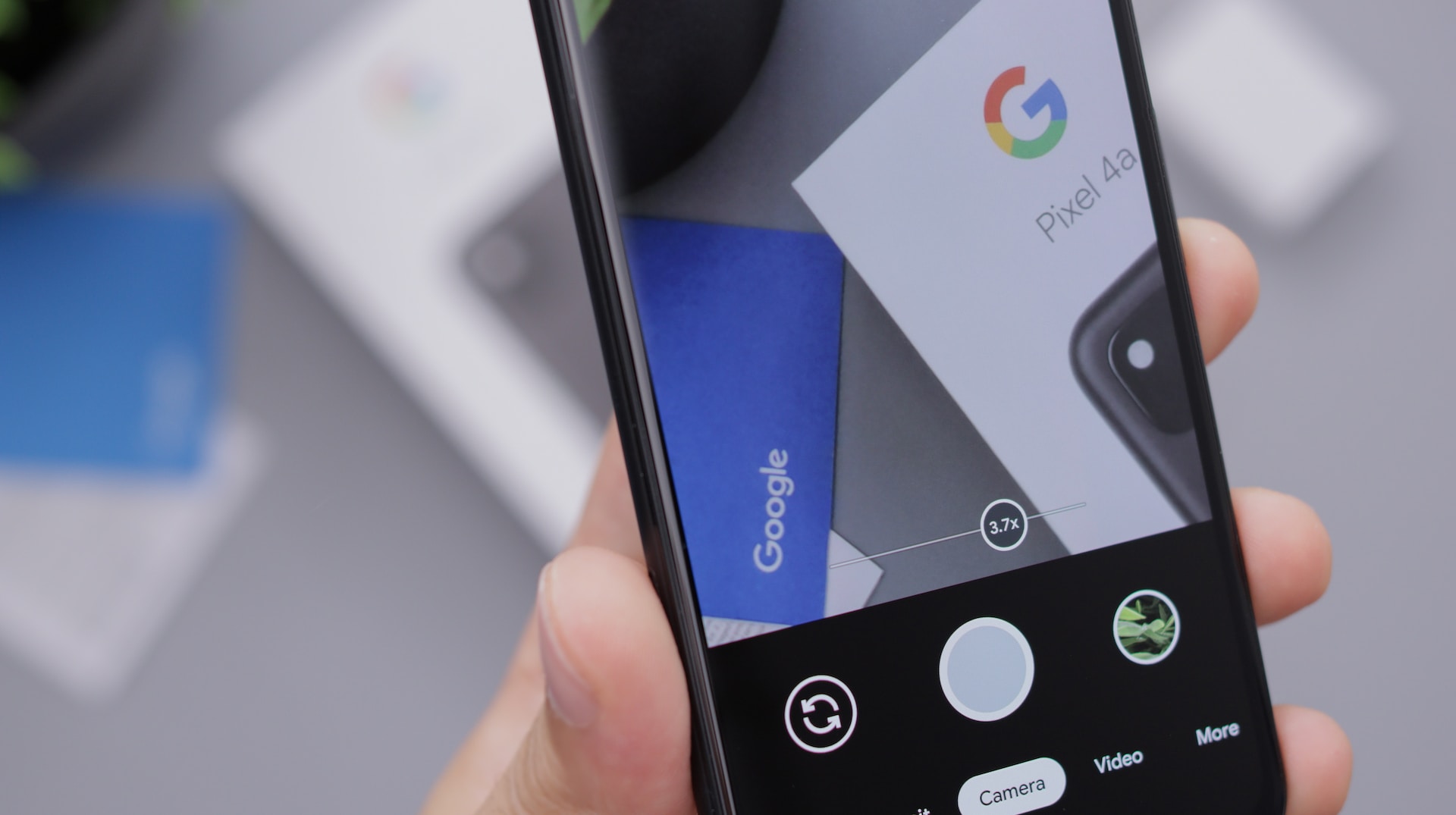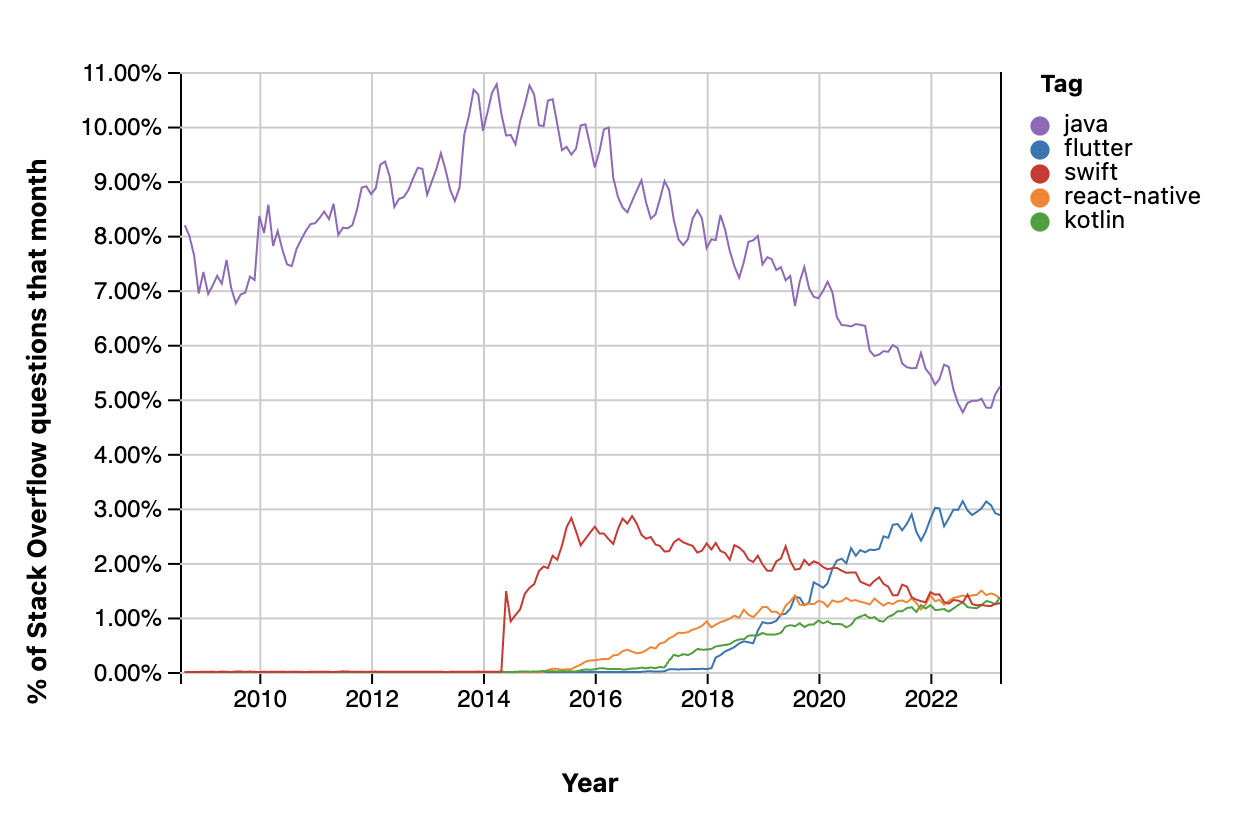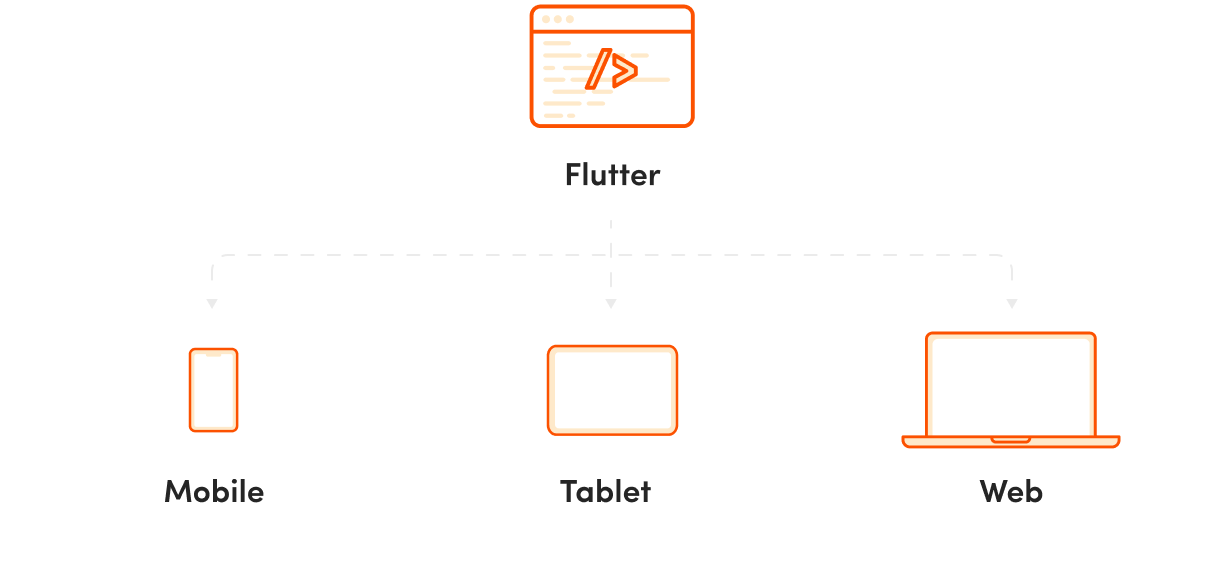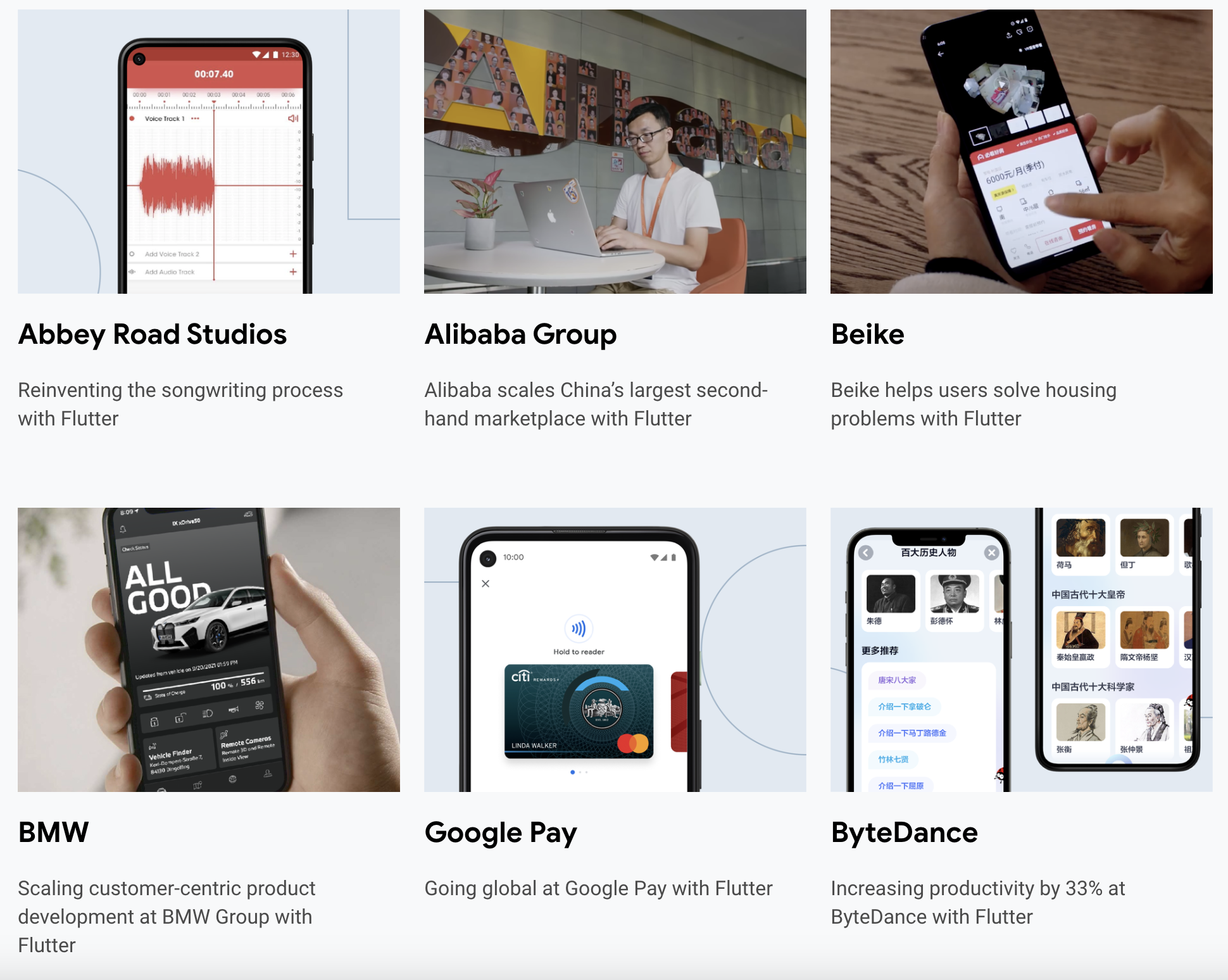Which technology to choose when creating a mobile application?

The Difference Between Cross-Platform, Native, and Hybrid Apps
Native applications are created using technologies and programming languages dedicated to a specific platform. This means that the application is optimized for a particular platform, such as Android or iOS, allowing it to perform seamlessly with functionalities like geolocation, camera access, and others. Native apps are usually faster and more responsive than cross-platform or hybrid apps. However, they tend to be more expensive and time-consuming to develop, as they require separate source codes, different components, and individual interface scaling for each platform.
Cross-platform apps allow developers to create applications using a single source code that can be distributed across multiple platforms, such as Android, iOS, and the web. This eliminates the need to write separate source codes for each platform. Unlike native apps, which are optimized for specific platforms and utilize technologies and programming languages tailored for them, cross-platform apps are rendered independently of the platform on which they run.
The advantage of cross-platform apps is that they save time and costs associated with writing separate source codes for each platform. However, because these apps are not optimized for a specific platform, they may be less efficient and responsive compared to native apps. Nonetheless, with the advancement of cross-platform technologies, performance differences are becoming less noticeable and are not a significant issue.

What is Flutter?
Flutter is an open-source framework for building mobile applications created by Google. It allows developers to create highly performant and visually appealing applications for both Android and iOS using a single codebase.
Flutter offers several advantages over other cross-platform frameworks, including faster development and testing, a wide range of customizable widgets, and an efficient rendering engine.
What is Dart?
Dart is the programming language used to create applications in Flutter. It is designed for building fast applications on any platform. Dart can be compiled to run on both Android and iOS platforms, as well as on the web, making it a versatile language for mobile and web application development.
Dart is compiled to native code for Android and iOS platforms, allowing for faster application launches and better overall performance. The compilation process occurs ahead of time (AOT) on iOS and just-in-time (JIT) during runtime on Android. This means that the application can run natively on the device, leading to improved performance and a better user experience. Additionally, Dart code can also be compiled to JavaScript, enabling the creation of web applications.
Performance Differences Between Cross-Platform and Native Apps
When comparing performance between cross-platform and native applications, native apps are usually more efficient and responsive.
However, with modern cross-platform technologies, performance differences are becoming less noticeable and are not a significant issue. Native applications, on the other hand, offer optimized functionality and performance for each platform and are more suitable for projects where performance is critical.
The exact performance comparison between Flutter and native applications depends on the specific project requirements. Much also depends on the specific use cases of the application— in some cases, native applications will be more efficient, while in others, cross-platform applications like Flutter may be more appropriate.
Popularity of Flutter
Since its release in 2017, Flutter has been gaining popularity and is expected to become one of the most popular frameworks for mobile application development by 2023.
Popularity of Programming Languages and Frameworks (2010 – Q2 2022)


Source: https://insights.stackoverflow.com/trends?tags=flutter%2Creact-native%2Ckotlin%2Cswift
Drawbacks of Using Flutter
Objectively speaking, every solution has its pros and cons. Below are several disadvantages of using Flutter as a technology for mobile app development in 2023:
- Relatively New Framework: Flutter is a relatively new framework, which can result in less community support and fewer resources compared to more established frameworks.
- Challenges in Migrating Existing Apps: Migrating an existing application to Flutter can be difficult and time-consuming, as it requires rewriting the existing code in Dart and adapting it to Flutter’s requirements, which may lead to delays in delivering the final application.
- Increased App Size: Flutter includes many built-in modules, which can lead to a larger app size compared to native applications.
- Limited Availability of Some Libraries: Some libraries for Dart, the language used by Flutter, are not as comprehensive as their counterparts in other programming languages, which can limit the availability of certain functionalities.
- Additional Work for Some Features: In some cases, achieving desired functionalities may require additional coding due to the lack of ready-made libraries.

Advantages of Using Flutter
We have discussed the drawbacks; what positive aspects does using Flutter for mobile app development bring?
- Lower Development Costs: With Flutter, developers can create apps for both iOS and Android using a single codebase, which can significantly reduce development costs compared to creating separate apps for each platform.
- Easier Maintenance: Since Flutter apps are built using a single codebase, maintaining and updating the app over time is easier.
- High Performance: Flutter’s high-performance rendering engine allows for fast and smooth app performance, even on older devices. This can lead to better user experiences and higher user satisfaction.
- Cross-Platform Compatibility: Flutter enables companies to create applications that run seamlessly across various platforms, including iOS, Android, and the web, without the need for additional development resources.
- Large and Growing Community: Flutter has a large and growing community of developers who continuously contribute new tools, widgets, and plugins to streamline the app development process.

Examples of Major Projects Using Flutter
Some other big apps that use Flutter include:
- Alibaba: A Chinese e-commerce platform that allows users to shop online across various categories such as electronics, fashion, cosmetics, groceries, and more.
- Google Ads: Google’s advertising platform that enables businesses and marketers to display ads in Google search results, on partner sites, and within apps.
- Reflectly: A visual journaling app that helps users process and analyze their thoughts and feelings.
- Nubank: A Brazilian startup that provides banking services through a mobile app.
- Google Pay: Google’s payment platform that allows users to make payments using their smartphones.
- eBay Cars: An online marketplace that enables users to buy and sell cars.
- Hamilton Musical: The official app for the musical “Hamilton,” allowing users to purchase tickets, watch video content, and listen to soundtracks.
- The New York Times: One of the largest newspapers in the United States, enabling users to read the latest news, analyses, and opinions on various topics.
- BMW: A German car manufacturer that offers its customers a mobile app to manage their vehicles, remotely unlock doors, and access various other features.
Summary
In summary, Flutter is an excellent solution for new applications and startups. Rapid development, high performance, customizable user interfaces, cross-platform capabilities, robust community support, and cost-effectiveness make it an ideal choice for companies looking to create mobile apps across multiple platforms.
Overall, Flutter is a powerful and flexible framework for mobile app development that helps startups bring their ideas to life and compete in today’s competitive market.


